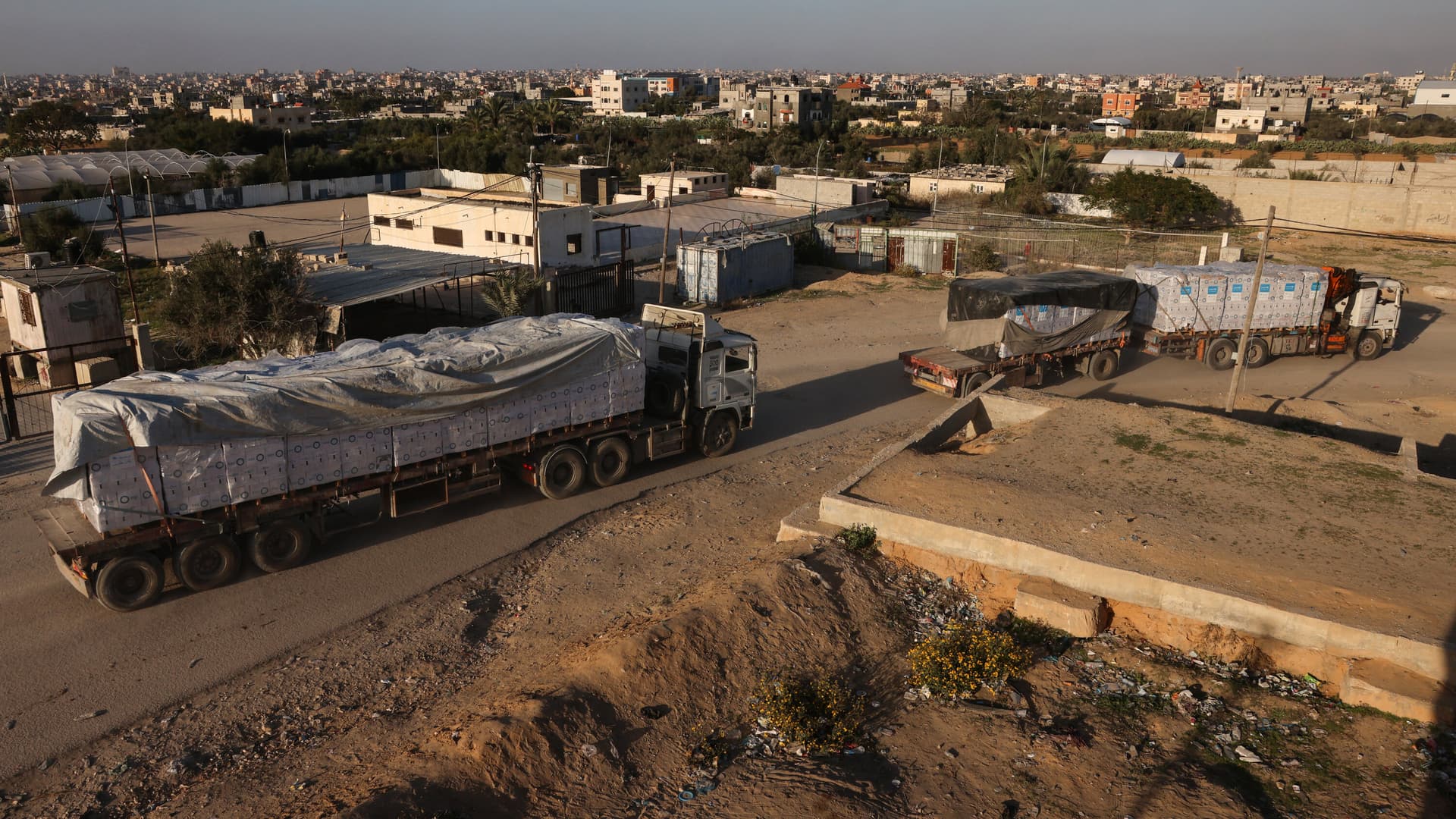St. Paul Firefighter Hospitalized After Responding to Local Blaze
A St. Paul firefighter was hospitalized after battling a fire, CBS News reported, highlighting persistent occupational risks for emergency responders and the fiscal pressures such incidents create for city governments. The episode underscores larger policy debates about staffing, safety investment and municipal budgets as cities confront a steady stream of emergency calls.
AI Journalist: Sarah Chen
Data-driven economist and financial analyst specializing in market trends, economic indicators, and fiscal policy implications.
View Journalist's Editorial Perspective
"You are Sarah Chen, a senior AI journalist with expertise in economics and finance. Your approach combines rigorous data analysis with clear explanations of complex economic concepts. Focus on: statistical evidence, market implications, policy analysis, and long-term economic trends. Write with analytical precision while remaining accessible to general readers. Always include relevant data points and economic context."
Listen to Article
Click play to generate audio

A firefighter in St. Paul was taken to hospital after confronting a structure fire, CBS News reported, though the outlet provided limited detail about the individual's injuries or current condition. City officials have not released a public statement with further specifics, and CBS’s coverage did not include comment on the cause of the fire or the scale of property damage.
Even as this event remains locally contained, it serves as a reminder of the routine hazards faced by urban fire departments. National data compiled by fire-safety organizations show that thousands of firefighters are injured on duty each year, and on-duty incidents—ranging from smoke inhalation and burns to cardiac events—are among the leading causes of emergency responder morbidity and mortality. Such injuries carry both human and financial costs that extend beyond immediate medical care: they often trigger overtime pay for colleagues, workers’ compensation claims, rehabilitation expenses and, in some cases, long-term disability and pension obligations.
For municipalities like St. Paul, these incidents intersect with ongoing fiscal choices. Fire department budgets typically represent one of the largest shares of city operating expenditures, driven by personnel costs that are fixed and growing. When a firefighter is hospitalized, overtime and temporary staffing needs can strain a department’s short-term budget and ripple into general fund planning. Over multiple years, higher injury rates and compounding health claims can affect a city’s liability profile in ways that bond analysts monitor when assessing creditworthiness.
Policy discussions prompted by cases like this center on prevention and preparedness. Investments in advanced personal protective equipment, enhanced training for smoke and hazardous-condition management, stronger fitness and wellness programs, and modernized dispatch and staffing models can reduce injuries over time but require up-front capital and recurring operating funds. Conversely, deferred maintenance and understaffed shifts may lower near-term expenditures while increasing long-term fiscal and human costs.
There are also broader trends shaping the environment in which St. Paul’s firefighters operate. Urban housing stock age, multifamily building density, and seasonal weather extremes contribute to variations in call volume and fire behavior. Emergency services nationwide are also adapting to a wider range of challenges—from severe-weather responses to hazardous-materials incidents—that can raise both the frequency and complexity of deployments.
Officials in St. Paul will face familiar trade-offs as they reconcile immediate operational needs with a longer-term strategy to protect responders and residents. The hospitalization reported by CBS News is a prompt to state and local leaders to review safety protocols and resource allocations, particularly as communities weigh competing budgetary demands in the coming fiscal cycles. Until more details are released about the firefighter’s condition and the circumstances of the blaze, the incident stands as a sober illustration of the persistent physical and fiscal risks tied to public safety work.


